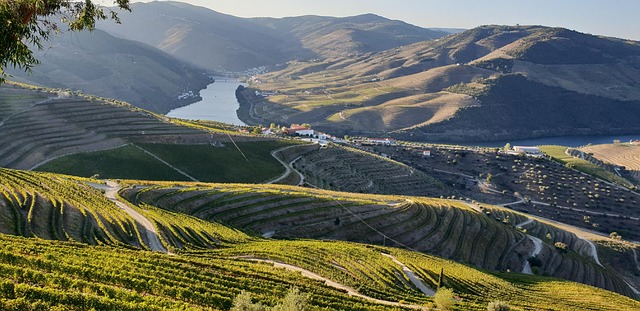Real estate development plays a pivotal role in community transformation, revitalizing urban areas with strategic projects. Well-managed initiatives can enhance neighborhoods, attract businesses and residents, and stimulate local economies. Developers, through responsible sustainable and inclusive design practices, create diverse spaces catering to community needs. Local businesses, including real estate agencies, are crucial for immediate crisis support and long-term prosperity, investing in projects that create jobs, improve infrastructure, and attract investors. Collaborative partnerships among local entities drive economic growth, foster social cohesion, and build vibrant, resilient communities welcoming to all.
Local businesses are the backbone of any thriving community, and their role in supporting and developing these areas cannot be overstated. This article explores the multifaceted impact of local enterprises, with a focus on real estate, as catalysts for community growth. We delve into strategies that showcase how business owners can address immediate needs while fostering sustainable development. Through collaboration and mutual support, communities can flourish, ensuring a prosperous future for all.
The Role of Local Real Estate in Community Development

Local real estate plays a pivotal role in community development, serving as both a catalyst and a reflection of the area’s growth and vitality. When well-managed, real estate projects can rejuvenate neighborhoods, attracting businesses, residents, and amenities that foster a thriving community. Property developers have the unique opportunity to shape urban landscapes by creating spaces that cater to local needs—from residential areas that promote a sense of belonging to commercial hubs that sustain small businesses.
The impact extends beyond physical structures; responsible real estate practices can drive economic growth, enhance local tax bases, and contribute to the overall well-being of the community. By prioritizing sustainable development and inclusive design, real estate professionals ensure that communities remain accessible, vibrant, and resilient for years to come. This collaborative approach between developers and residents fosters a sense of ownership and pride, creating a positive feedback loop where thriving neighborhoods support robust real estate markets.
How Businesses Can Meet Immediate Needs and Foster Long-Term Growth

Local businesses play a pivotal role in meeting immediate community needs while fostering sustainable growth. Short-term support can manifest as direct aid during crises, such as donating supplies or offering discounted services to those affected by natural disasters. This not only provides critical assistance but also strengthens the bond between businesses and residents.
For long-term prosperity, businesses should focus on initiatives that empower the community. Investing in local Real Estate projects, for instance, can create jobs, enhance infrastructure, and drive economic growth. By participating in such endeavors, companies demonstrate their commitment to the region’s future, fostering a positive environment that attracts investors and talent. This holistic approach ensures that immediate aid translates into lasting benefits for both the business and the community they serve.
Building Sustainable Communities Through Collaboration and Support

In today’s interconnected world, local businesses play a pivotal role in building sustainable communities. By collaborating and supporting one another, they create a robust network that meets the diverse needs of their neighborhood. This mutual support system goes beyond mere profitability; it focuses on enhancing the quality of life for residents. For instance, real estate agencies can partner with local cafes and shops to offer discounted services to new homeowners, fostering a welcoming environment for newcomers.
This collaborative approach ensures that communities thrive and grow organically. Local businesses become more than just establishments; they become pillars of strength, providing resources and opportunities that cater to various demographics. Such initiatives not only boost economic vitality but also foster social cohesion, making neighborhoods vibrant and resilient in the face of change.






